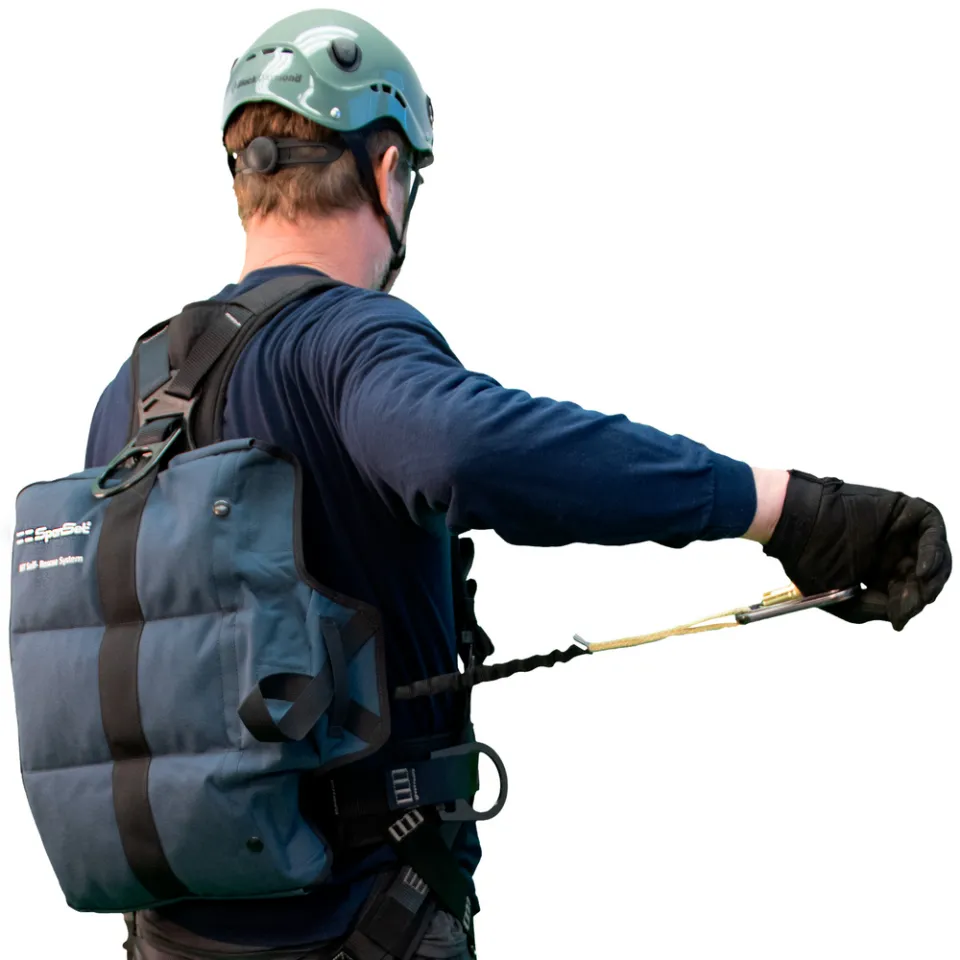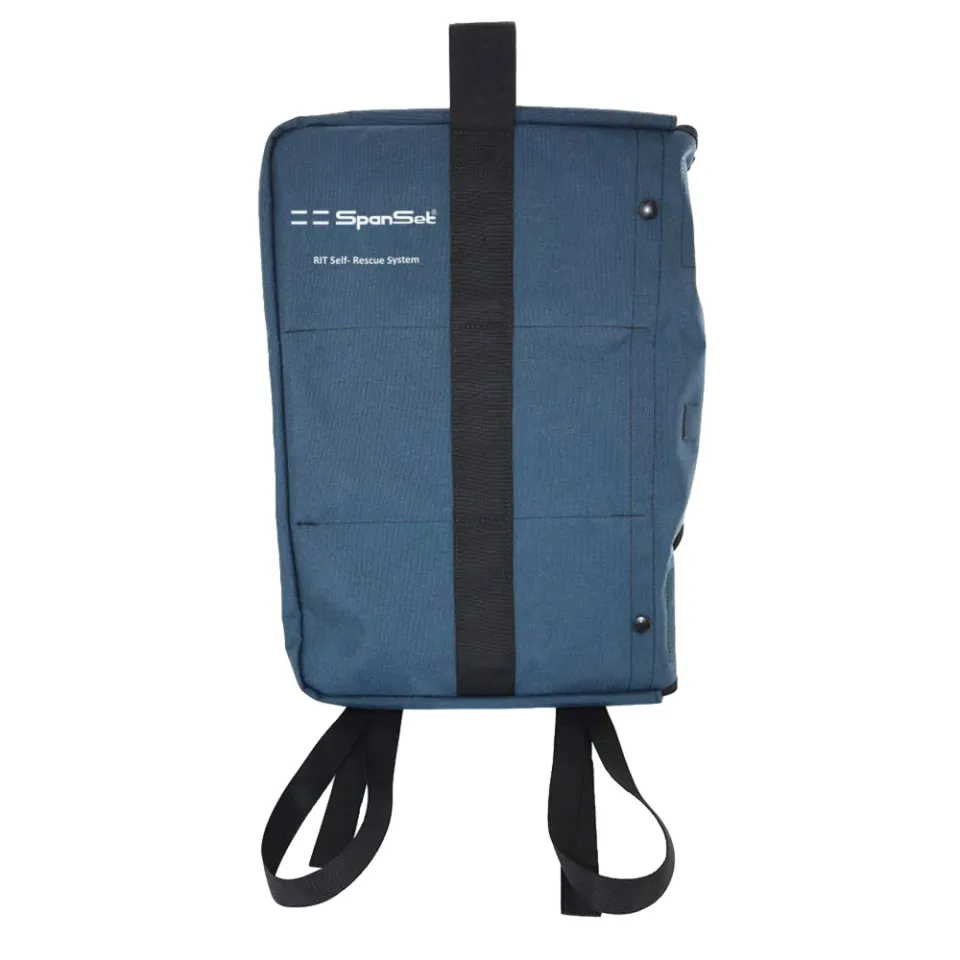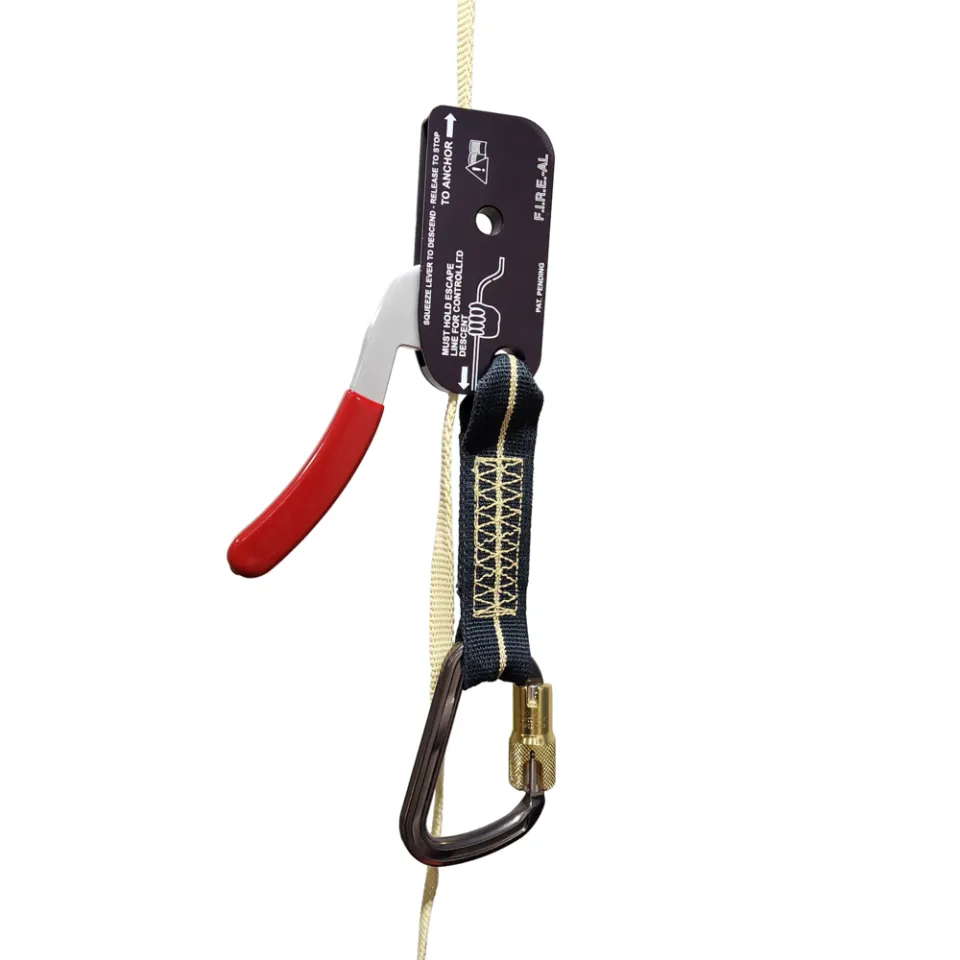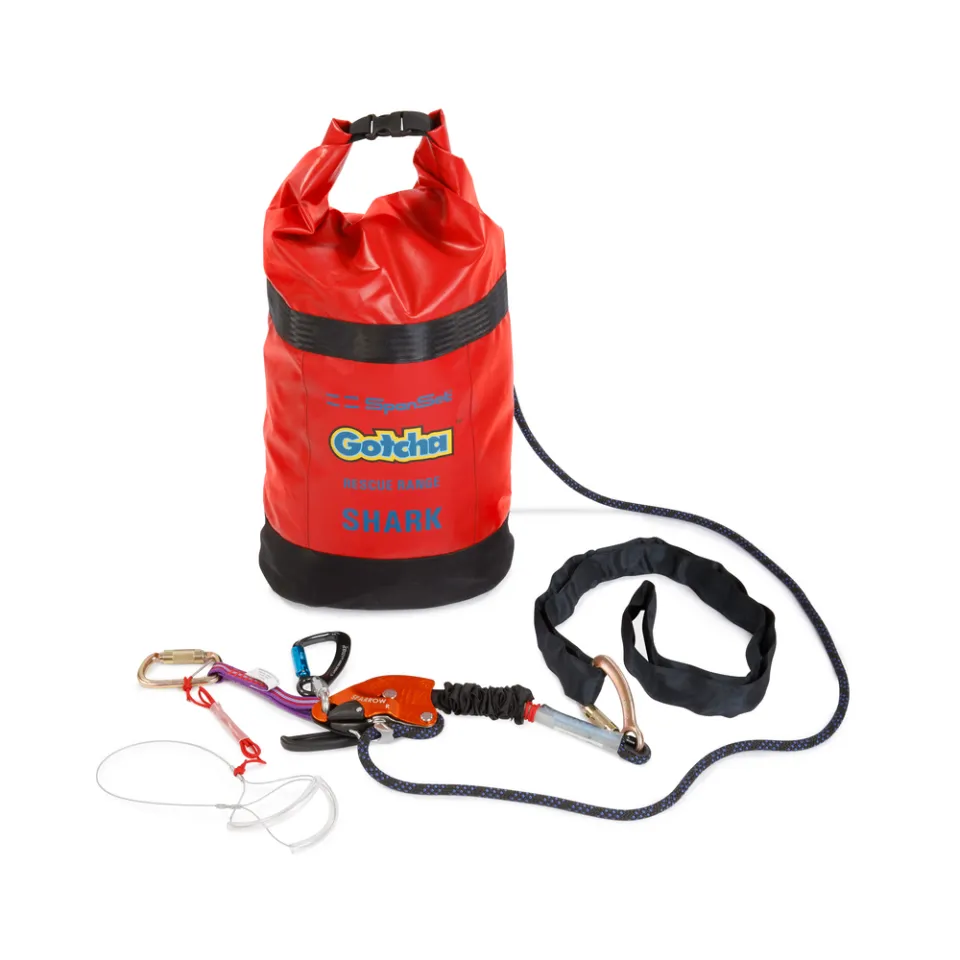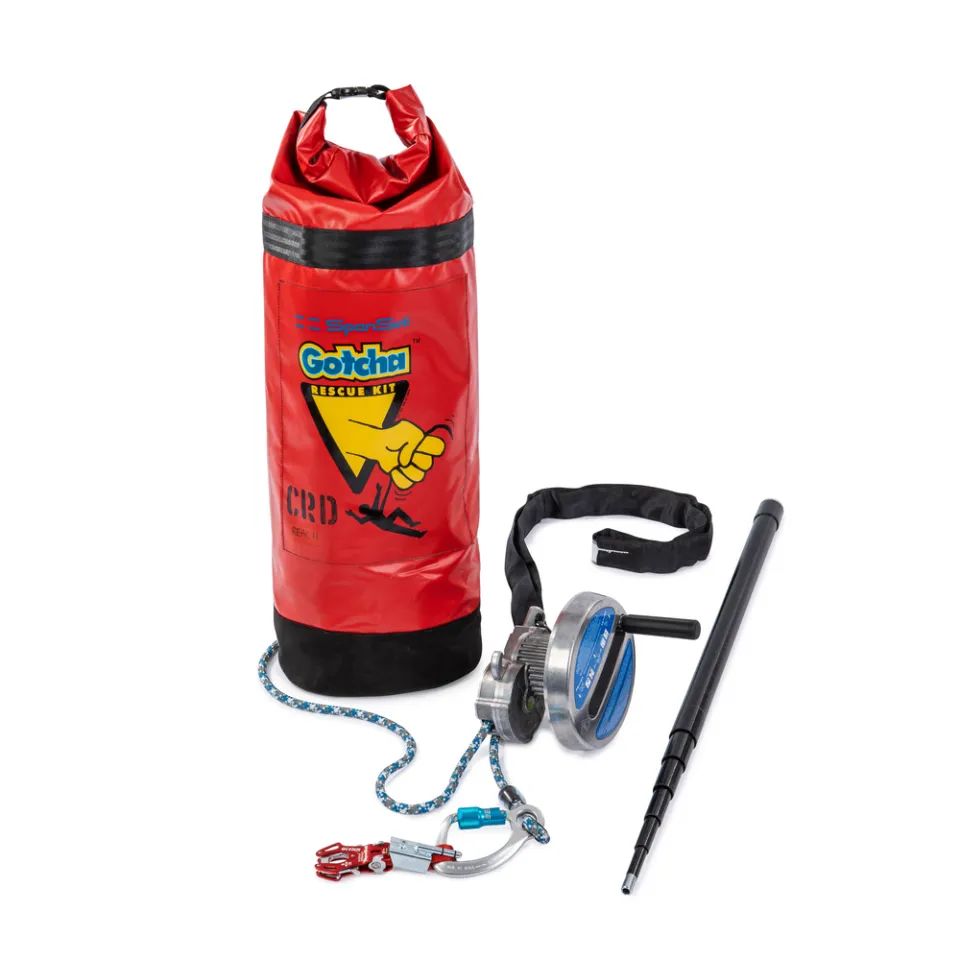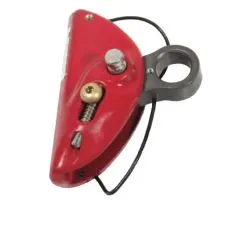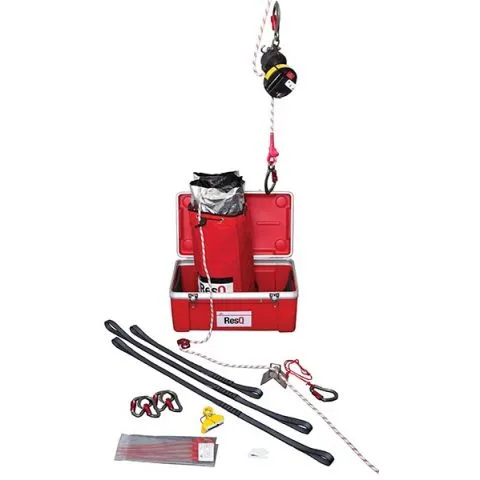RIT Self-Rescue System
Price under request
RIT Self-Rescue System
Deploy, Anchor, Go! Emergency Self-Rescue and Assisted Rescue Solutions for Workers at Heights
Price under request
- No External Rescue Needed: Self-rescue reduces wait time & risk.
- Weight-Independent: Works for any worker, at any height.
- Compact & Easy to Carry: Lightweight for all-day wear.
- Kevlar Escape Line: Fire rated of over 900 degrees F
- Pre-rigged: Packaged and assembled ready for use.
- Auto-Locking Descender: Ensures a smooth and controlled descent.
- Compatible with certified fall protection harnesses with a front attachment point.
Price under request
RIT Self Rescue System | Deploy, Anchor, Go!
In emergencies where every second counts, the RIT Self-Rescue System provides a rapid and secure descent, featuring the WIND-AL Auto-Locking Descender and a durable Kevlar escape line. This system is compliant with OSHA and ANSI standards, ensuring top-tier safety.
Designed for professionals operating at significant heights—such as those on towers, wind turbines, or in fire rescue scenarios—the RIT Self-Rescue System is a compact, user-friendly emergency descent device. It facilitates swift evacuations from various high-risk environments. Training is required before use
Key Features:
- Immediate Deployment: Pre-rigged and assembled, ready for instant use without additional configuration.
- Controlled Descent: The WIND-AL Auto-Locking Descender ensures a smooth and regulated descent.
- High-Strength Escape Line: Crafted from Kevlar, the escape line withstands extreme conditions and high temperatures.
- Consistent Performance: The weight-independent design guarantees uniform descent speeds for users of varying weights.
System Lengths:
WEE630: 630’ Wind-Al system
WEE430: 430’ Wind-Al system
WEE400: 400’ Wind-Al system
WEE350: 350’Wind-Al system
W50EE: 50’Wind-Al training system
Custom Lengths available
Training Classes:
Use of the self-rescue system requires completion of a certified training class, available for an additional fee.
One Day Self Rescue Training
Course Curriculum Outline:
- Classroom
- Basket/Platform Self Evacuation
- Lifeline Self-Rescue after a fall
Two Day Self Rescue Training
Course Curriculum Outline:
- Assisted Rescue From a Ladder
- Evacuation from a Nacelle
Self-Rescue Procedure:
- Pull the deployment tab to access the anchor carabiner, descender, and the carabiner intended for attachment to the harness's front point.
- If edge protection is necessary, 18" of edge protection over Kevlar escape line.
- Ensure all connections are secure and proceed to the egress point.
- Gradually transfer your weight onto the system while maintaining a firm grip on the brake end of the escape line.
- Press the descender's lever to initiate your descent, controlling the speed by managing the brake hand to allow the escape webbing to pass through smoothly.
Important Notes:
- Single-Use: Designed for one-time use during emergencies.
- Mandatory Training: Users must undergo training before use. Training units are reusable but require inspection after each use.
- Regular Inspection: Components that fail to meet inspection criteria must be removed from service.
Assisted Rescue (Pick-Off Rescue) Procedure:
- Invert the anchor carabiner and attach it to the victim's front harness attachment point.
- Connect the opposite carabiner to a secure anchor point.
- Ensure the system is oriented correctly for assisted rescue.
- If the descender is at or above the rescuer’s head, use a redirect to position the brake end of the escape line appropriately.
Training is required before use—failure to receive proper training from a RIT certified trainer could result in injury and or death




